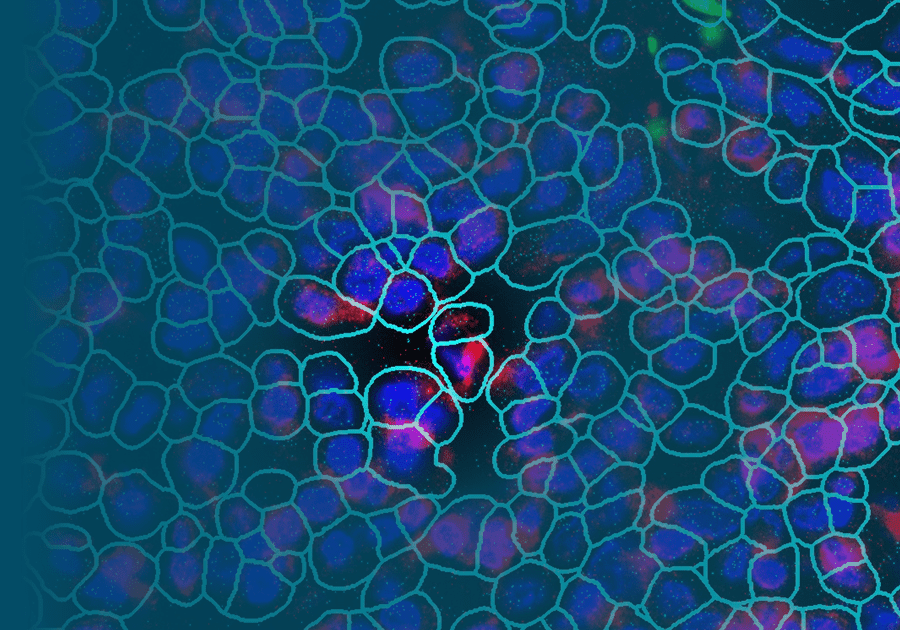
High-resolution spatiotemporal profiling of immune checkpoint blockade response by triple-negative breast cancers with the NanoString COSMX platform
View On Demand
Abstract
Tertiary lymphoid structures (TLS) are positively prognostic for immune checkpoint blockade (ICB) response in many cancer types. Thus, it is important we gain an understanding of the cell types and cellular interactions within TLS that allow them to trigger immunogenic reactions to ICB.
Multiplexed antibody staining strategies have shown these immunological bodies are mainly constituted by B cells and T cells, but precise high-resolution phenotyping of the cells within and surrounding TLS prior to or during ICB response has not been performed. Single-cell RNA sequencing experiments on tumor biopsies taken during ICB have analyzed some cell types that can help form these structures, but these studies lacked corresponding spatial information on the profiled cells, making it impossible to know which were derived from TLS or what phenotypes their neighboring cells displayed. To comprehensively profile cells from within and surrounding TLS during ICB response, we have applied the Nanostring CosMx platform to longitudinal biopsies taken from triple-negative breast tumors as they responded to ICB and ICB with radiation therapy.
This study elucidates the full spectrum of cell types that constitute TLS in these tumors, how they differ from cells of the same type found outside of these bodies, and how these cells are organized to shape immunogenic reactions through ligand-receptor interactions.
Speaker


